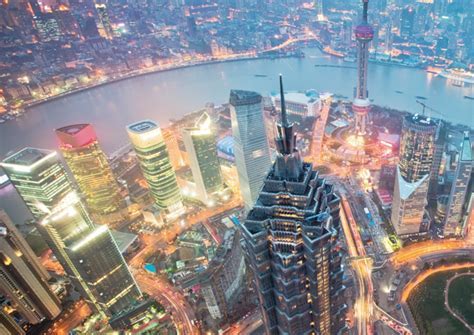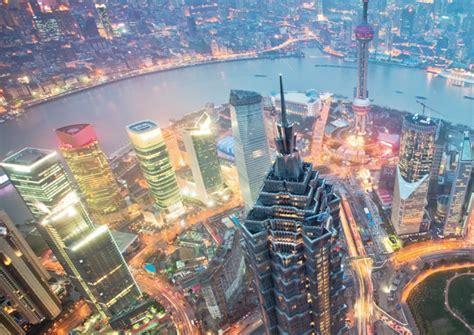
BEIJING, Aug. 1 (Xinhua) -- As China's economy maintains steady growth with good momentum in the first half of this year, the picture varies at provincial-level regions as they foster new drivers to press ahead with restructuring.
Twenty-nine out of the 31 provincial-level regions in the mainland have recently released their H1 economic data, highlighting quality growth powered by the high-tech sector and high-end equipment manufacturing.
Southwestern Guizhou province saw its local GDP up 10 percent, the only one among the 29 to achieve double-digit growth.
Jilin province, part of northeast China's rust belt (old industrial base), reported the slowest growth, only 2.5 percent. The growth rate was 3.4 percent and 4.9 percent for north China's major port city of Tianjin and coal-rich Inner Mongolia Autonomous Region respectively.
Regionally, central and western provinces such as Jiangxi, Anhui, Hubei, Hunan, Henan, Sichuan and Yunnan, all had growth rates far higher than 6.8 percent. The eastern developed provinces of Guangdong, Fujian, Jiangsu, Zhejiang, and Shanghai Municipality, were also above the national rate.
Chongqing Municipality's growth continued to slow down and reported a 6.6 percent rate in the first half, compared with its 9.3 percent growth last year, partly due to its remarkable drop in growth of industrial added value and fixed asset investment.
The GDP of Guangdong and Jiangsu reached 4.63 trillion yuan (677.6 billion U.S. dollars) and 4.48 trillion yuan respectively in the first half, ranking first and second in the country. The GDP of 16 provincial-level regions each exceeded 1 trillion yuan.
Liaoning, another rust-belt province, reported a growth of 5.6 percent, staging a strong recovery from 2.1 percent in the same period last year.
"In recent years, Liaoning has focused on improving the business environment, advancing state-owned sector reform and adjusting industrial structure, unleashing the vitality of reform and opening-up," said Zhang Wanqiang, director of the Institute of Economics under the Liaoning Academy of Social Sciences.
The actual use of foreign investment in the second industry, led by high-end manufacturing, reached 2.4 billion yuan, up 69 percent year-on-year and accounting for 74 percent of the total, showed statistics from the province's commerce department.
Heilongjiang province registered a growth of 5.5 percent, with the added value of its high-tech manufacturing sector up by 10.7 percent.
Restructuring continues its momentum in provinces with overcapacity in steel and cement.
The output of iron, steel, cement, and glass in Hebei Province fell, and its sectors of industrial robots and civilian drones increased by 50 percent and output was 407 times in the first half compared to the same period last year, provincial official statistics showed. Its production of optical cable also jumped 46.3 percent.
Hebei reported a growth of 6.5 percent in the first half. The investment in the high-tech sector increased by 19.1 percent.
With the improved business environment and implementation of technological innovation programs, the province has accumulated more favorable factors for high-quality growth, said Yang Jingxiang, head of the Hebei Provincial Bureau of Statistics.
Since 2013, Hebei has phased out over 130 million tonnes of iron and steel capacity. It aims to further cut 40 million tonnes in the sector.
Opening-up has also boosted foreign investment in the western region.
Spurred by the free trade zone inaugurated last year, 118 foreign-funded firms were set up in the first half in Shaanxi Province, up 46 percent year-on-year. The province's actual use of foreign investment hit 1.4 billion U.S. dollars.
Coal-rich Shanxi Province posted a revenue surge of 18.8 percent in its non-coal industries in the first six months.
"The GDP growth is on pace with local structural reform," said Xiao Jincheng, vice president of the Chinese Association of Regional Economy, "With rising environmental costs, the reliance on heavy industry and resources is a huge factor weighing down growth."
Meanwhile, due to the impact of China-U.S. trade friction, some eastern provinces may experience a slowdown in exports in the second half of this year, said Xiao.
Some surveyed private companies hope the government will create a more favorable environment by solving difficulties in financing and improving infrastructure, according to a report of the Tianjin Municipal Bureau of Statistics.
China's economy still faces some new challenges and the external environment has changed notably.
The country will continue to implement a proactive fiscal policy and prudent monetary policy while making policies more forward-looking, flexible, and effective, according to a meeting of the Political Bureau of the Communist Party of China (CPC) Central Committee on Tuesday.
Major policies of expanding opening-up and significantly relaxing market access should be implemented, and the joint construction of the Belt and Road should be advanced in depth, according to the meeting.




 A single purchase
A single purchase









